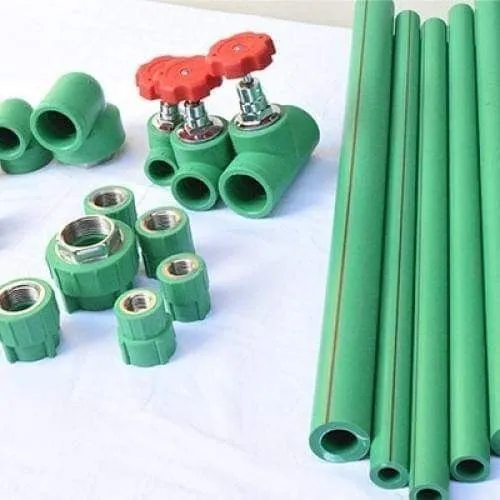
What is Electrofusion Welding?
Electrofusion welding is a method that uses electrical energy to heat and join thermoplastic materials.
Advantages of Electrofusion Welding
- Strong Joints: PPR pipe and fittings Electrofusion creates robust connections that can withstand high pressure and temperature fluctuations.
- Leak-Free Connections: The process minimizes the risk of leaks, making it ideal for critical applications.
- Versatility: Suitable for a range of pipe sizes and types, electrofusion can be used in various installations, from residential plumbing to industrial systems.
- Ease of Use: The welding process is straightforward, requiring minimal training for operators.
Materials and Equipment Needed
- Electrofusion Welder: A specialized machine designed for electrofusion welding.
- PPR Pipes and Fittings: Ensure you have the correct types and sizes for your project.
Step-by-Step Process for Using an Electrofusion Welder
1. Prepare the Pipe and Fitting
- Cut the Pipe: Use a pipe cutter to make clean, straight cuts on the PPR Pipe and Fittings
- Clean the Surfaces: Remove any dirt, dust, or debris from the pipe ends and fittings. A clean surface is crucial for a strong bond.
- Scrape the Pipe Ends: This helps improve the bond.
2. Check Fitting Compatibility
Ensure that the electrofusion fitting is compatible with the pipe size and type. It should have heating elements embedded within.
3. Set Up the Electrofusion Welder
- Connect the Welder: Plug in the electrofusion welder and set it up according to the manufacturer’s instructions.
- Select Parameters: Refer to the welder’s manual for guidance.
4. Position the Pipe and Fitting
Insert the prepared pipe end into the electrofusion fitting. Ensure that it is fully seated and aligned properly.
5. Initiate the Welding Process
Start the welding process by activating the welder. The machine will automatically heat the fitting’s elements, melting the surfaces of the pipe and fitting.
6. Cooling Time
This cooling period is essential for achieving a strong bond.
Safety Considerations
- Ventilation: Ensure adequate ventilation in the work area to avoid inhaling fumes.
- Follow Manufacturer Instructions: Adhere strictly to the guidelines provided by the electrofusion welder’s manufacturer.
Common Applications of Electrofusion Welding
- Water Supply Systems: Ideal for municipal water distribution and irrigation systems.
- Wastewater Management: Used in sewer lines and drainage systems.
- Industrial Applications: Suitable for transporting chemicals and other industrial fluids.
Conclusion
Using an electrofusion welder for it is an effective way to create strong, leak-free joints. With proper preparation and adherence to safety protocols, this method can significantly enhance the reliability of your plumbing or industrial systems.
FAQs
What is the main advantage of electrofusion welding?
Electrofusion welding creates strong, leak-proof joints that can withstand high pressure and temperature fluctuations.

















